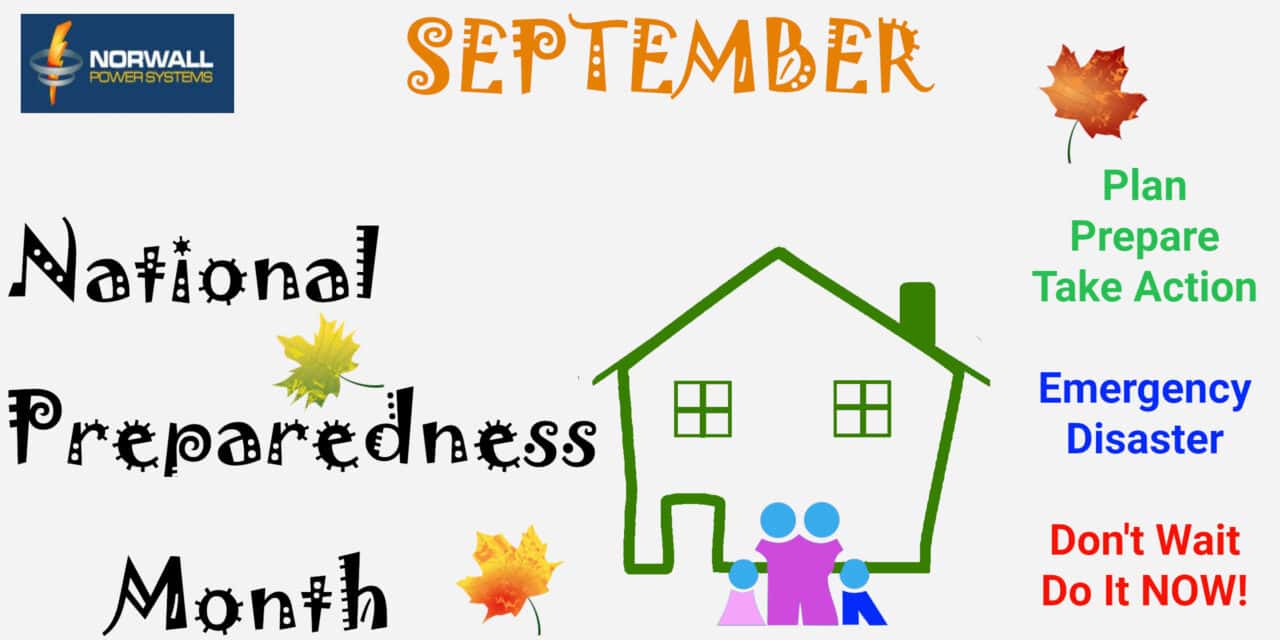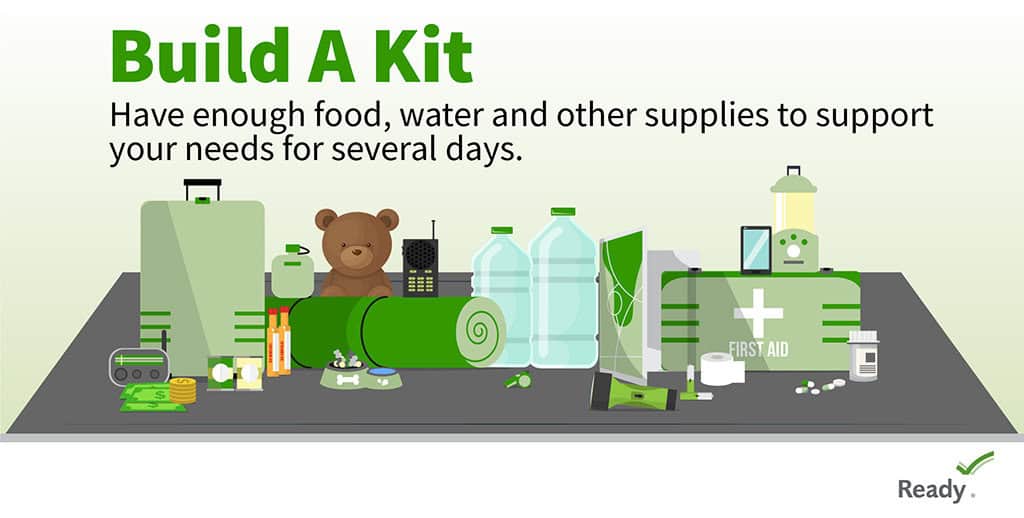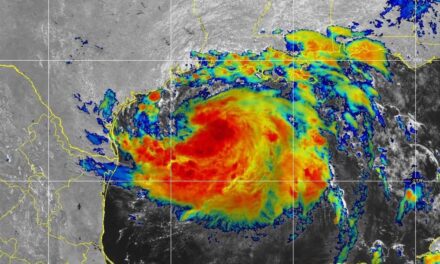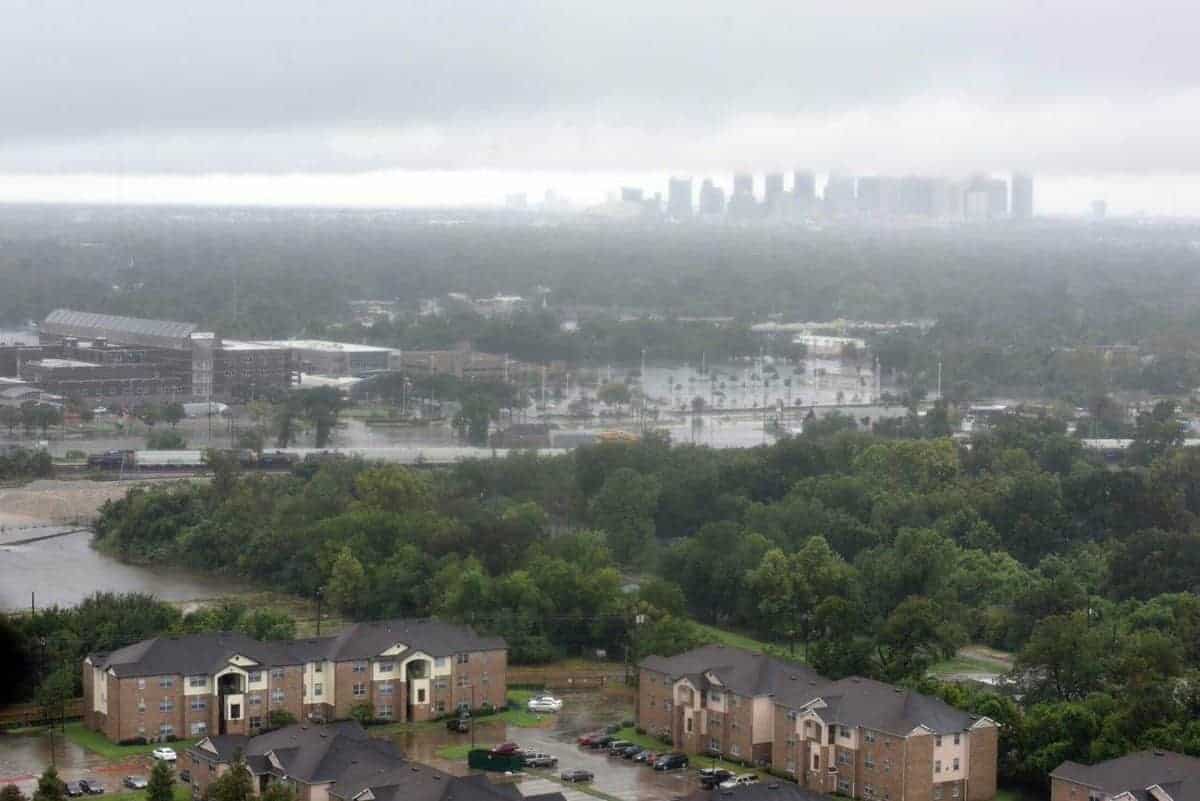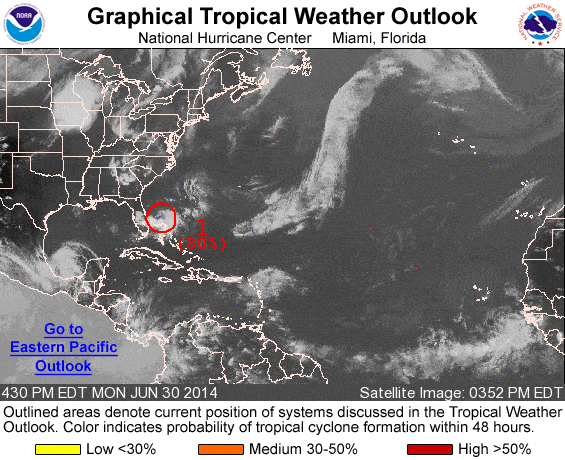National Preparedness Month—Get Ready for Anything
Emergencies can happen anytime, with little or no warning. The National Weather Service issues a tornado warning. Ten minutes later, it heads straight for home with a path of mayhem and destruction in it’s wake. Earthquakes happen without warning. Hurricanes might give you days to get ready, but not always.
It takes days to prepare for an incoming disaster like a hurricane or tropical storm. The timeline between storm warnings when it arrives is usually less than 48 hours. In that time, a homeowner must prepare their home, buy a week’s worth of supplies and water, and long list of other preparations. Unless steps were taken in advance, it becomes nearly impossible to fully prepare for the onslaught of the storm. And if you have to evacuate, time to prepare is effectively cut in half.
Emergencies and disasters that provide little or no warning don’t have a preparatory period. You’ve got whatever is on hand, already done, and the plans you made to help you live and survice. Nothing else.
No region of the United States is immune to disaster, though the types of disasters vary widely. In the last ten years, the United States Government has declared a disaster or state of emergency more than 1000 times. From extreme heat in the Southwest to blizzards in the Midwest and portions of the East Coast, extreme weather can cripple communities and put anyone at risk. Disasters often bring widespread power outages which can make it even harder to find supplies or keep the supplies you already have safe.
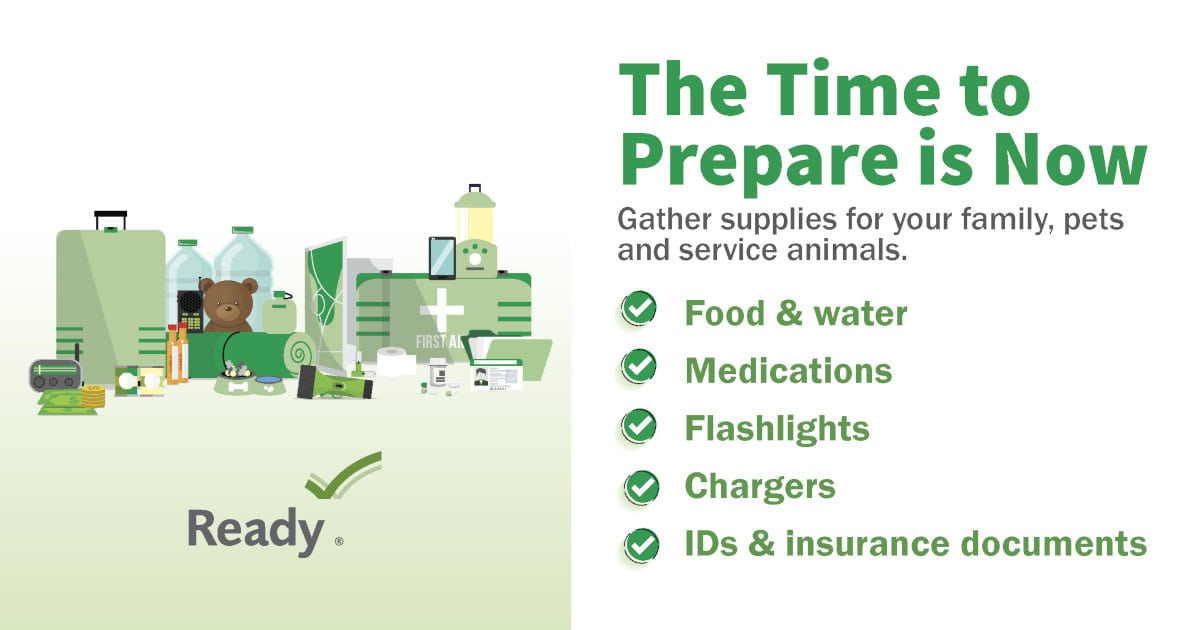
The time to prepare is now.
Make Your Plans
Disaster: A calamitous event such a flood, wildfire, hurricane, or other natural or manmade catastropy that causes or has the potential to cause great loss of life, damage, or hardship to a specific region or to those associated with the event, such as a passenger jet crash.
Emergency: A sudden, urgent, and unexpected occurrence requiring immediate action and relief.
Governments often declare a state of emergency in advance of an impending disaster like a hurricane. Doing so allows government agencies to act and put emergency plans into action and to shift resources from everyday business to the emergency. Just as governments have disaster and emergency plans, every family should have their own plan and prepare in advance.
Tip: State and local governments make their planning available through social media, news releases, and their websites. Find out what local authorities have a plan for, then make your own plans and take action.
Know the risks that you face based on where you live. For example, a mid-winter blizzard is a likely occurrence from Montana through Michigan and Ohio, but a volcano eruption is unlikely. Prepare for the blizzard and don’t worry volcanos.
On the other hand, if you live in the Florida Keys, a blizzard isn’t even on your list of remote possibilities, but chances are pretty good a hurricane will ruin your month.
Rank your local hazards from most likely to least likely. Work on the most likely first and go down the list until you’ve covered everything but the unrealistic.
Best Home Standby Generators for Cold Climates
Any possibility that an emergency or castastrophy could interrupt local services or utilities is cause for preparation. Store enough water for 7 days—1 gallon per person, per day. 4 people x 7 days = 28 gallons of water. Non-perishable foods. FEMA recommends a generator to protect food and medicine supplies, run medical equipment, and provide basic necessities like heat, light, and cooking. Sump pumps need electricity to work or the basement floods. Options include a Portable Generator for Backup Power or an automatic standby generator. A Portable PowerStation can provide apartment and condominium dwellers with a rechargeable source of power. Another option for homeowners is a solar power battery storage system.
Tailor your kit to your family’s specific needs. Make a backpack kit for small children that they can carry. Include a toy or game, favorite snacks, and a change of clothing. Similar kits for adults include medicine, small flashlight, cell phone extra battery, small flashlight, snacks, and personal items. Make your kits portable for evacuation. You can split a kit into a home and travel kits.
Practice and Share
Talk about your plan with family members, especially children. Include them in the planning and listen to suggestions. Given them responsibility and they have a part in surviving the disaster.
Knowing what to do just before, during, and after a disaster makes dealing with the emergency situation easier for everyone and it can also prevent potentially fatal mistakes. It may not sound difficult, but in the hurry to leave during an evacuation, some important tasks might end up forgotten or unfinished. Something as minor as a child’s favorite toy left behind could increase anxiety and fear while forgetting to shut off the gas or water could turn into another disaster at home. That’s why it’s important to have a plan and to practice putting it in motion.
It’s almost like a fire drill (another good idea.) Plan a series of steps to prep the house for the impending disaster and leave. Everyone grabs their personal emergency bag. The family emergency disaster kit goes in the car—which you filled with gas before the emergency declaration—and the family leaves along a designated evacuation route. Because of the advance planning and preparation, your family leaves ahead of the rush and subsequent traffic jams along a familiar route.
Tip: A list of actions that you can follow ensures you won’t forget anything important or leave it undone. An evacuation list might include: 1. Call Hotel for Reservation. 2. Shut off Gas & Water. 3. Emergency kits in the car. 4. Lock House. 5. Route on GPS. 6. Fill gas tank. 7. Inform family & friends.
Portable Generator Safety
Follow These Generator Safety Guidelines
It’s a sad fact that every year, people intentionally misuse their portable generators by ignoring the warning decals on the generator and in the manual.
- Read the owner manual safety section and ALL decals on the generator. Follow all safety instructions.
- Use Outdoors Only. All fuel-powered electric generators produce carbon monoxide. No building is safe and you can’t make it safe. Opening windows, doors, or garage doors does not make it safe to run a generator indoors. Take it outside.
- Keep it at least 20 Feet from the house and other structures. It only takes a tiny crack and a difference in air temperature to pull deadly fumes into a home or garage. Don’t forget your neighbors—keep the generator away from their home too.
- Install and maintain carbon monoxide detectors on all levels of your home, especially sleeping areas.
- Do Not Backfeed. Running a cord from the generator to an appliance outlet is called backfeeding. It is dangerous, against the law, in violation of the National Electric Code, and unnecessary. Be prepared. If you need more than one or two circuits during an outage, install a manual transfer switch to run heat, a/c, lights, internet, medical equipment, pumps and other essentials. Backfeeding is Dangerous.
- Use Heavy Duty Outdoor Extension Cords or Generator Cords rated for the generator outlet you plug them into. If it’s a 20-Amp outlet, use a cord rated for 20 amps. 50-Amp outlet? Use a 50-Amp cord.
- Exercise caution when working in the rain or wet conditions. Position generator away from the home in a place where water does not gather. Ideally, turn the generator’s main breaker off, start the generator, plug in your cords, then turn on the main breaker.
- Protect your generator from the elements. Don’t let it stand or run in the pouring rain. Open sided shelters are best. There are approved products available as generator shelters.
Automatic Carbon Monoxide Detection and Shutdown is a safety feature to prevent misuse. This feature does not make it safe to run a generator indoors.
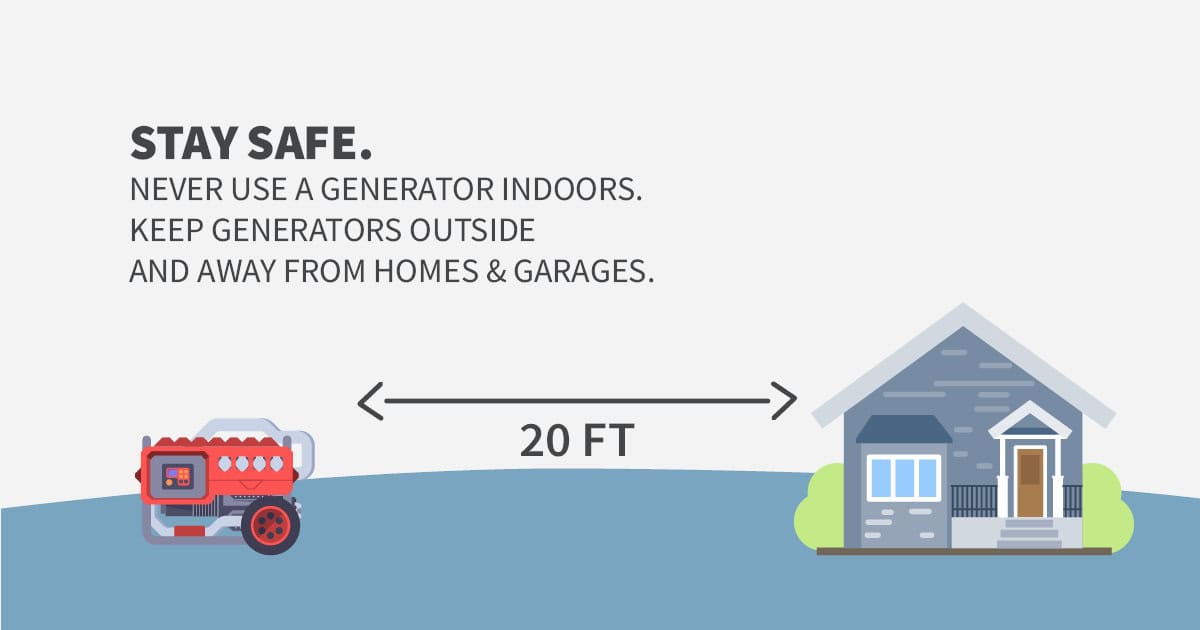
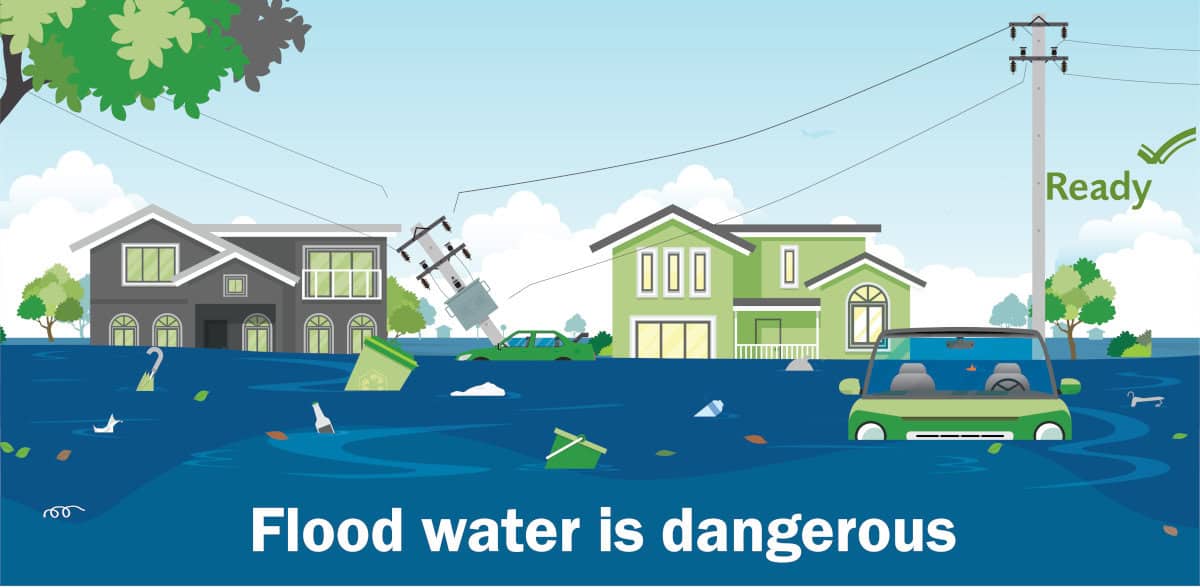
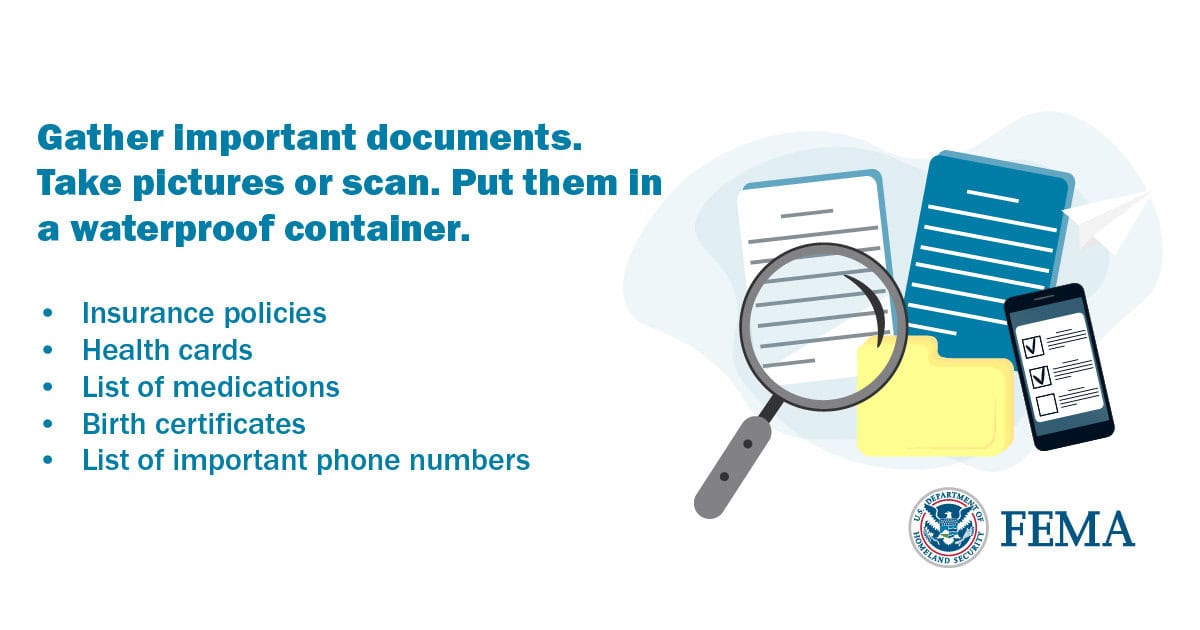

Important Links to Bookmark
Organize your emergency preparedness links on your phone, laptop, and tablet to keep them easily accessible.
Ready.gov (FEMA) has information on preparing for many types of disasters and emergencies.
Download the FEMA Mobile App—Real-Time Alerts from National Weather Service, Emergency Safety Tips, Locate Emergency Shelters and Disaster Recovery Centers.
Norwall PowerSystems provides online resources and information about current disasters and how to keep your home and family safe.
Text PREPARE to 4FEMA (43362) to receive preparedness tips from the Federal Emergency Management Agency.
The American Red Cross Mobile Apps provide information on Preparedness, Various Disasters, Fun Information for Children, and Medical Professionals.
Department of Homeland Security (DHS) has tips and information to help prepare your family for a disaster.
FEMA has state-specific pages on their website. Go to Ready.gov, click the search icon, and enter your state name for a list of resources specific to your state.
FEMA also provides links to state emergency management agencies. Click the first letter of your state, find your state in the expanded section, then click the link for your state’s emergency management agency and bookmark the page. The phone numbers and other information provides may also prove useful.

